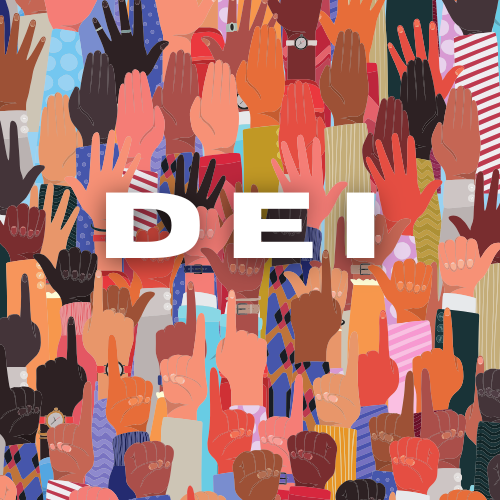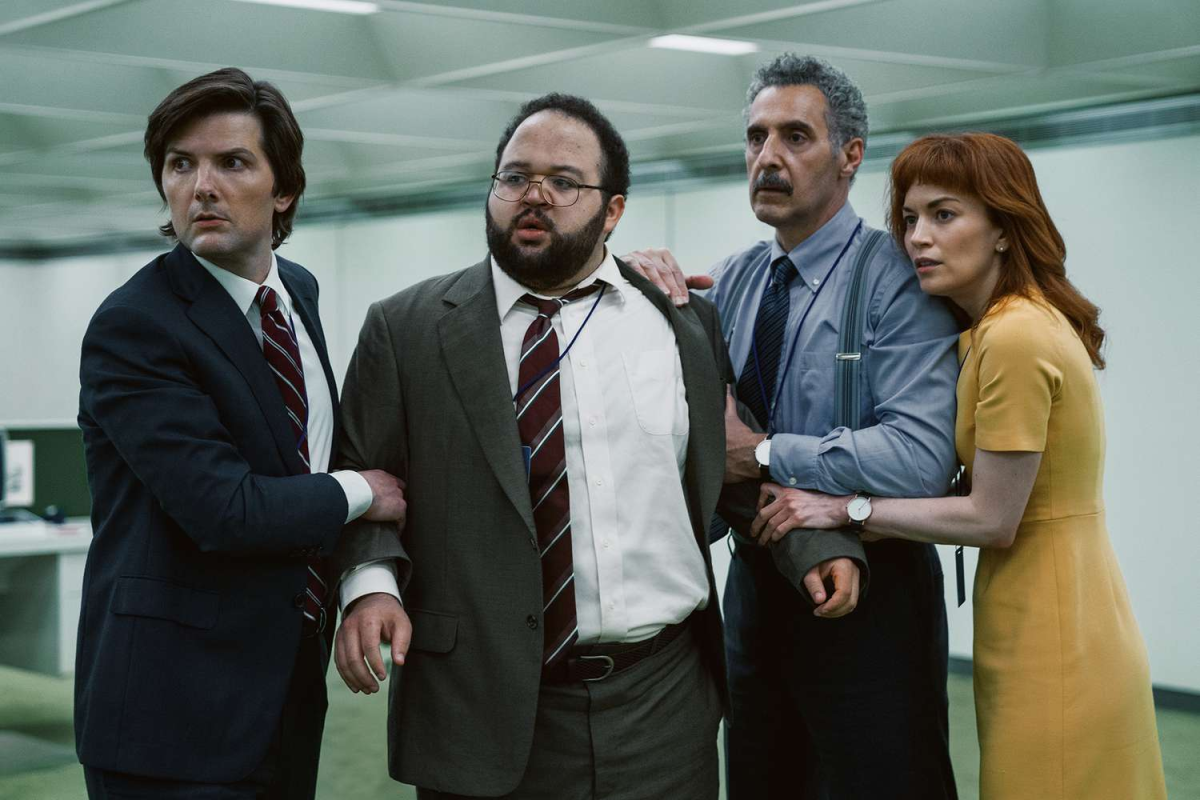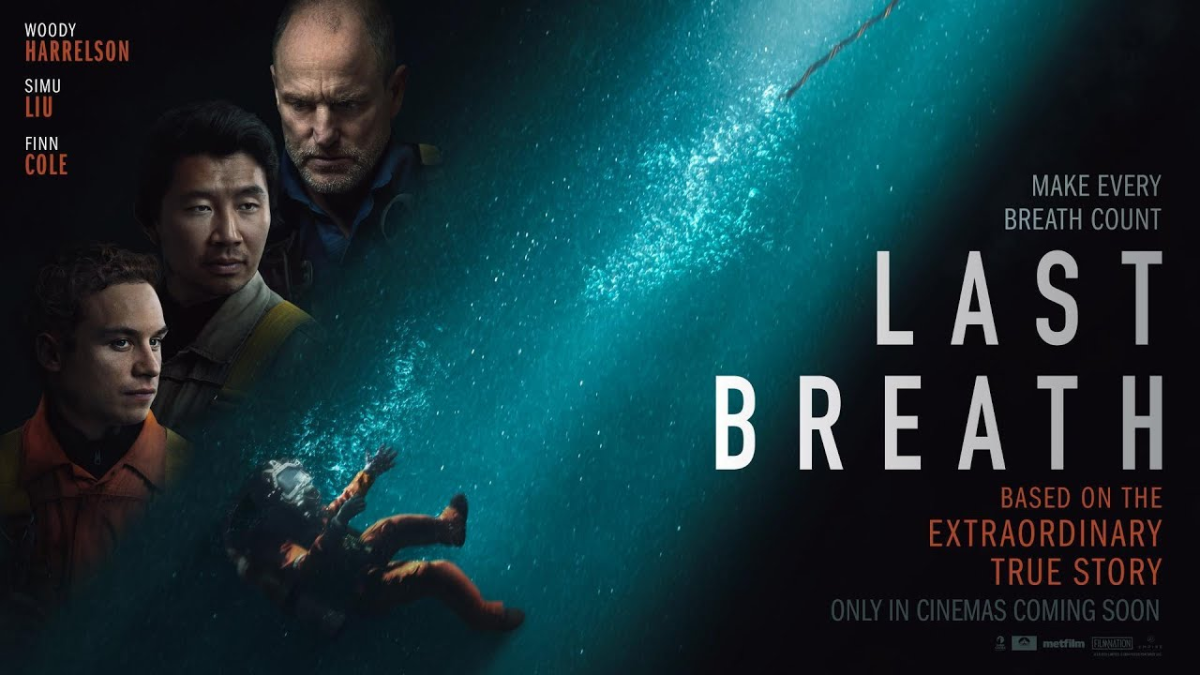Satoe Ozawa
Last Thursday was a night of inspiring speakers who shared about their innovative work. The program, from 6PM to 9PM, consisted of 7 live presenters and 3 short videos of TED Talks. Focusing on the key words “transformation, translation, and globalization”, the audience was taken on a journey through the lives of people who make positive change. For those who weren’t able to attend, here is what you missed:
Treena Arinzeh, PhD, BME Professor (NJIT)
Dr. Arinzeh focuses on tissue engineering (manipulating stem cells to repair tissues). Stem cells are extracted from the bone marrow and can be formed into specific cells. Once converted, they are safely and effectively re-injected into the corresponding damaged body part. Dr. Arinzeh has been tackling the difficult task of repairing the spinal cord. She used calcium phosphate scaffolds to promote stem cells to become neurons. This breakthrough can potentially prevent paralysis.
Chandi & Athena Barat, Barat Foundation
Chandi and Athena are a mother-daughter duo who founded the Barat Foundation in hopes to reach out to underprivileged children in Newark. They first started out sending handfuls of students to France for “exposure, experience, and expression”. In order to reach more students, they began bringing art to local schools. Inspired by a Newark artist, Chandi and Athena created animodules (8-ft tall brilliantly colored sculptures made by two panels) which they paraded around in Newark. Their efforts and parade, now known as Creation Nation, has gained an official proclamation from Newark Mayor Cory Booker, praising animodules as ambassadors of peace.
Michael Phillips¸ Menssana Research
Phillips started Menssana Research, which developed breathalyzers that could diagnose diseases such as tuberculosis, breast cancer, etc. Breathalyzers have often been used by law enforcement to test alcohol content, but this is a new approach utilizing pre-existing technology. As of now, the BreathLink system can provide a diagnosis with 80% to 90% accuracy in 6 minutes. Phillips’ next step is creating a portable breathalyzer in cell phones. This would allow the general public to discover if they are sick quickly and can receive earlier treatment, ensuring a better survival.
Reginald Farrow, PhD, Research Professor of Physics (NJIT)
Dr. Farrow works in a Biophysics Lab at NJIT. He has been researching how cells communicate with each other. After observing how bacteriophage attaches to bacteria and “communicates” to manipulate it, he mimicked it using carbon nanotubes. The microscopic nanotubes are able to interact with each other as well as with other cells, powered by enzymes that used sugars in the bloodstream to make energy. His studies resulted in creating the world’s smallest biofuel cell.
Margaret Christian, BME student at NJIT
Christian shadowed heart surgeons at a hospital and witnessing how the heart sometimes can’t be revived if the surgery takes too long. It made her realize that “time is of essence” and she set on developing a way to reduce surgery time. She noticed a certain technique of stitching around the heart valve took a lot of effort and time. Christian designed a way in which surgery time could be cut down dramatically. She is now working with a small group of NJIT students to further develop and patent their idea.
Adam Falkner, Dialogue Arts Project
Falkner started off as a high school English teacher who wanted to encourage students to write using their own experiences as subject matter. He and his students had such a positive experience they decided to take it a step further and the Dialogue Arts Project (DAP) was born. The Project focuses on three main points:
Utilize the arts to create a shared entry point into dialogue about identity
Emphasize a diverse range of identities
Prioritize independent stories
DAP works to bring the literary art and theatrical performance to redefine the definition of diversity education.
Dr. Ann Weber & Nancy Thornberry, Merck & Co.
Dr. Ann Weber and Nancy Thornberry were instrumental in creating JANUVIA, a treatment for patients with Type 2 diabetes at the prestigious pharmaceutical company, Merck. Despite facing some setbacks, such as the first clinical trial showing signs of toxicity, they were able to create Merck’s bestselling drug. They emphasized the importance of how different groups, from the clinical testing team to the marketing team, can get together and create something that could change the lives of so many people.
In addition to the speakers, there were 3 videos. The first one showed an Australian mathematician who spoke about the latest discovery of the largest prime number. He cleverly tied that in to how the combination of human minds and new technology can reach incredible heights. Another one was of a young woman who designed a cheap, portable incubator for premature babies born in undeveloped countries, who would otherwise die of hypothermia. Finally, the last video, an entrepreneur explained the new relevant way of marketing targeting one type of consumers, the ones who are obsessed with your product and are likely to spread it willingly to other potential consumers. Compared to the speakers in the videos, it was clear that some of the speakers on stage were not as comfortable talking on stage. However, that did not take away from the message they had to deliver. Although they all covered completely different topics, the basic idea was the same: Think big about the small things. Anyone can be innovative to benefit society.




























